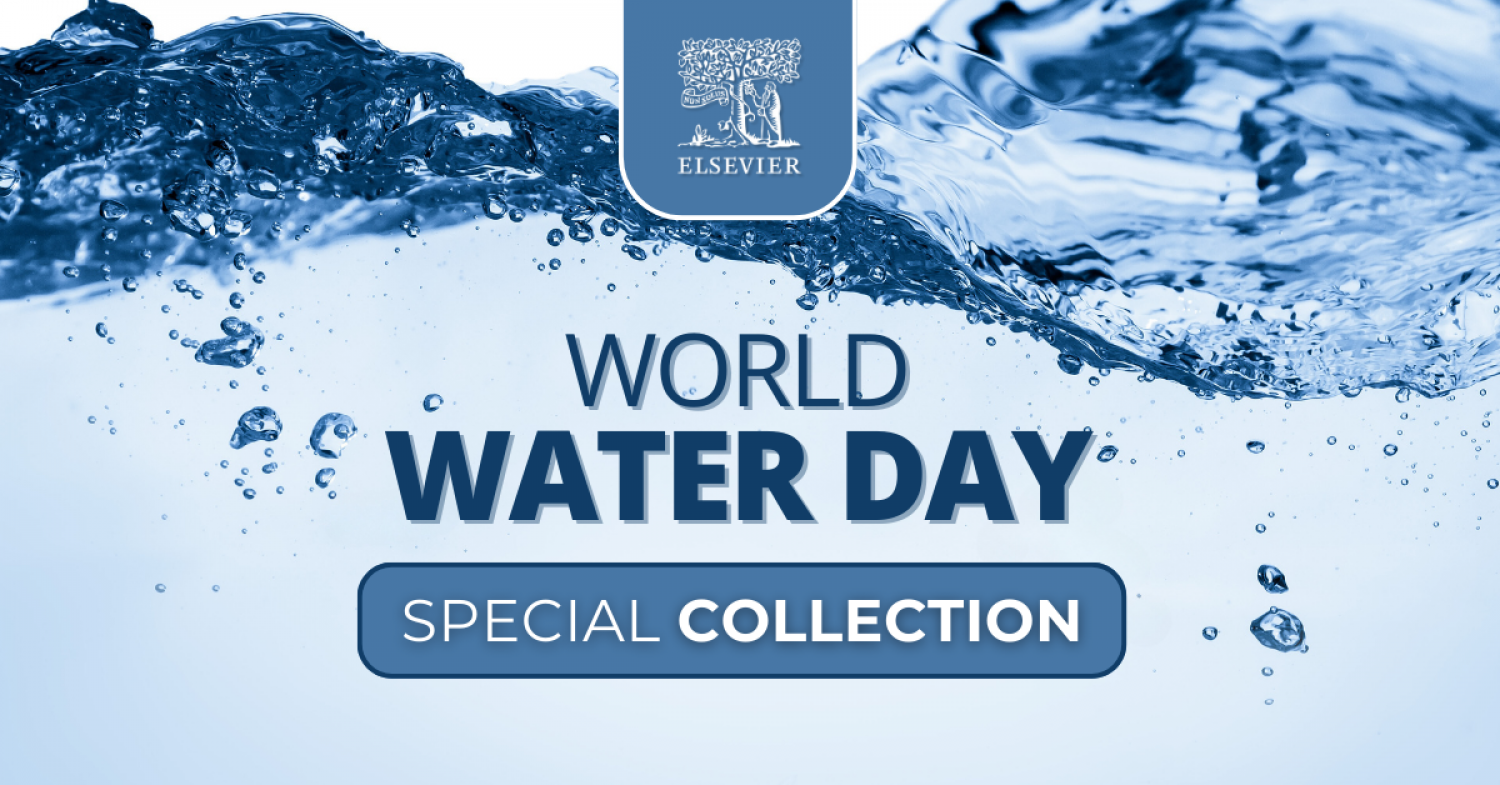
Every year, World Water Day raises awareness and inspires action to tackle the water and sanitation crisis. To mark World Water Day 2024, Elsevier has curated a free special collection of journal articles and book chapters. This year’s theme for World Water Day is Water for Peace. Discover research relating to clean water and sanitation from across a broad range of disciplines including the effects of racism, social exclusion, and discrimination on achieving universal safe water and sanitation in high-income countries and challenges faced by developing economics to mitigate the impacts of climate change on water resources.
Living With Climate Change, Volume , 1 January 2024
Adsorption through Advanced Nanoscale Materials: Applications in Environmental Remediation, Volume , 1 January 2023
Renewable Energy - Volume 2: Wave, Geothermal, and Bioenergy Definitions, Developments, Applications, Case Studies, and Modelling and Simulation, Volume , 1 January 2023
Engineering Applications of Artificial Intelligence, Volume 133, July 2024
Water Research, Volume 252, 15 March 2024
Measurement: Journal of the International Measurement Confederation, Volume 226, 28 February 2024
Journal of Water Process Engineering, Volume 57, January 2024
Journal of Process Control, Volume 133, January 2024
Utilities Policy, Volume 85, December 2023
Kidney International, Volume 104, July 2023
Water Resources and Economics, Volume 38, April 2022
Advanced Applications of Biobased Materials: Food, Biomedical, and Environmental Applications, Volume , 1 January 2023
Encyclopedia of Environmental Health, Volume , 1 January 2019
Julian K. Trick, Marianne Stuart, Shaun Reeder,
Chapter 3 - Contaminated groundwater sampling and quality control of water analyses,
Editor(s): Benedetto De Vivo, Harvey E. Belkin, Annamaria Lima,
Environmental Geochemistry (Third Edition), Elsevier, 2024, Pages 35-62, ISBN 9780443138010
Manzoor Qadir, Christopher A. Scott, Trade-offs of wastewater irrigation, Editor(s): Michael J. Goss, Margaret Oliver, Encyclopedia of Soils in the Environment (Second Edition), Academic Press, 2023, Pages 277-287, ISBN 9780323951333, https://doi.org/10.1016/B978-0-12-822974-3.00018-5.
Mafi-Gholami, Jaafari, Drought mapping, modeling, and remote sensing, Editor(s): Salim Lamine, Prashant K. Srivastava, Ahmed Kayad, Francisco Muñoz-Arriola, Prem Chandra Pandey; Remote Sensing of Soil and Land Surface Processes: Monitoring, Mapping, and Modeling, Elsevier, 2023, ISBN 9780323910682, https://doi.org/10.1016/B978-0-443-15341-9.00005-8
Daniel A. Vallero, Trevor M. Letcher,
Chapter 7 - Leaks,
Editor(s): Daniel A. Vallero, Trevor M. Letcher,
Unraveling Environmental Disasters (Second Edition),
Elsevier,
2024,
Pages 171-205
The Lancet Planetary Health, Volume 8, January 2024
The Lancet Global Health, Volume 11, December 2023
The Lancet, Volume 402, 2 September 2023
The Lancet Microbe, Volume 4, August 2023
Heliyon, Volume 9, March 2023
Kidney International Reports, 2024, ISSN 2468-0249, https://doi.org/10.1016/j.ekir.2024.02.014
Heliyon, Volume 6, June 2020

